The Revival of House Calls in Modern Medicine
House call doctors are reshaping healthcare delivery by bringing medical services directly into patients' homes. Once a common practice, house calls declined with the rise of hospital-centric care but are now resurging due to population aging, technological advances, and a focus on patient-centered, value-based care. This article explores how house call doctors improve access to medical services, particularly for vulnerable populations, and highlights innovative models, evidence of effectiveness, and operational approaches fueling this transformation.
Understanding House Calls: Definition and Historical Context
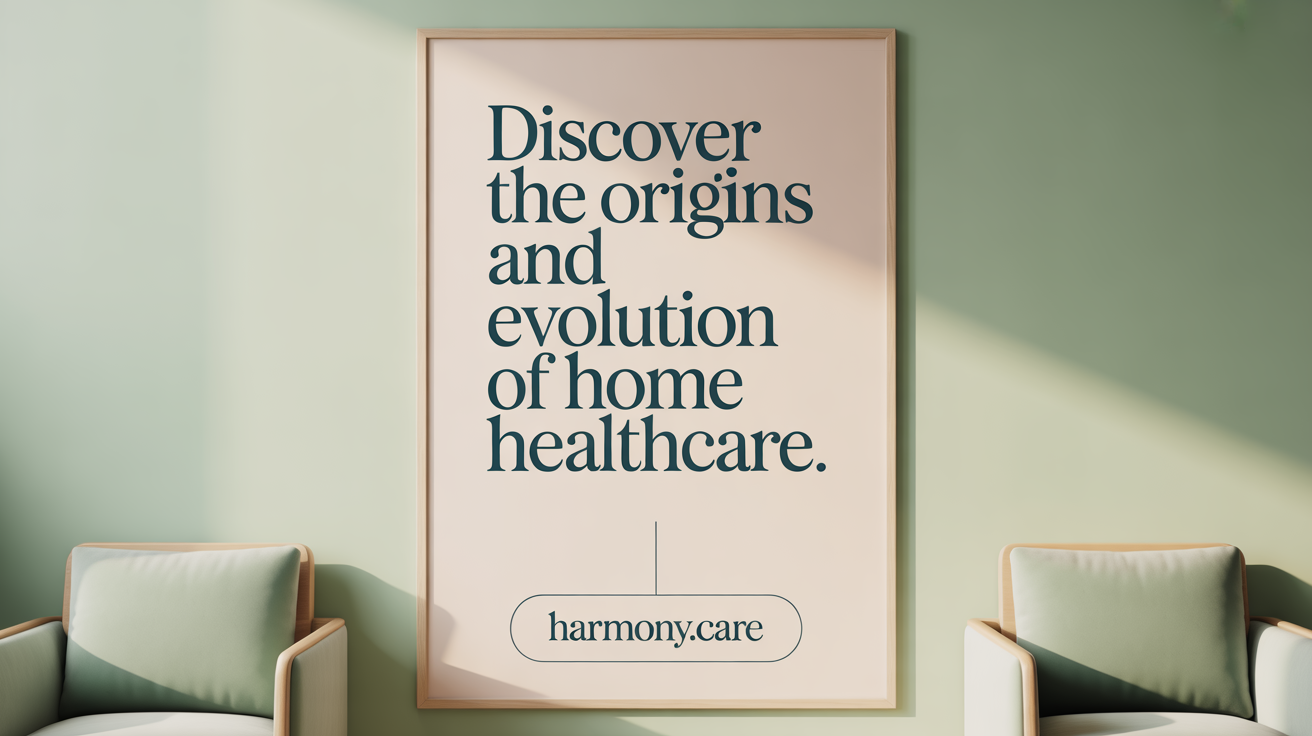
What is a house call in healthcare?
A house call in healthcare refers to a medical visit where healthcare professionals, such as doctors or nurse practitioners, go directly to a patient's residence to provide assessment, diagnosis, treatment, or preventive care. Unlike traditional visits to clinics or hospitals, house calls bring medical services into the comfort and familiarity of the patient’s home.
Historically, house calls were the primary mode of healthcare delivery in the United States and Europe, especially before World War II. They accounted for a significant portion of medical interactions, with estimates suggesting that up to 40% of doctor-patient encounters involved visits at the patient's home in the early 20th century.
Historical prevalence and decline
During the mid-20th century, technological advances, organizational changes, and shifts in healthcare reimbursement models led to a steep decline in house call practices. By the 1980s, house calls had become quite rare, largely replaced by outpatient clinics, hospital care, and centralized healthcare systems.
Despite this decline, house calls persisted in certain areas, especially for delivering care to frail, elderly, or homebound populations. Programs such as the Veterans Affairs Home Based Primary Care and some academic medical centers maintained practices that highlighted the benefits of home-based care.
Recent resurgence and current relevance
In recent years, there has been a notable resurgence of house calls driven by multiple factors. The aging population and the increasing prevalence of chronic diseases have heightened demand for personalized, accessible care. Technological advancements, including portable diagnostic devices, telemedicine, and electronic health records, have made home visits more feasible and efficient.
Policy initiatives, such as Medicare’s Independence at Home demonstration, have demonstrated cost savings and improved outcomes associated with house call models. This has led to increased funding, expanded training programs, and greater interest among healthcare providers.
Additionally, the COVID-19 pandemic accelerated interest in home-based healthcare to reduce the risk of infection and manage vulnerable populations more effectively. Today, house calls are viewed as a vital option for enhancing access, delivering patient-centered care, and reducing healthcare costs, especially for homebound and chronically ill patients.
Why Doctors Make House Calls: Meeting Patient Needs Beyond the Clinic
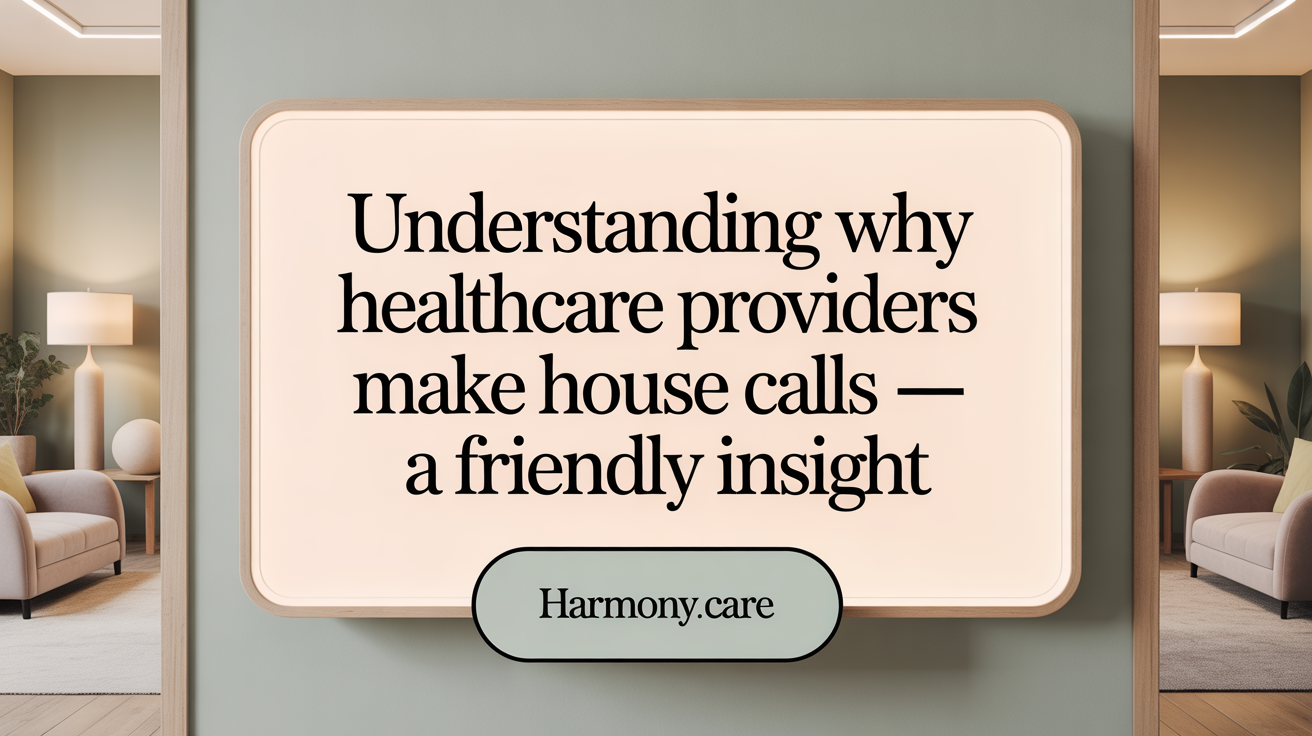
Reasons for house calls by doctors
Doctors make house calls to address the healthcare needs of patients who have difficulty visiting clinics or hospitals. These include elderly individuals, those with mobility challenges, disabilities, or chronic illnesses that require regular monitoring and management at home. House calls enable personalized, comprehensive care tailored to each patient’s environment and social circumstances.
Many healthcare programs, like the UAB House Calls or Northwell Health House Calls, focus on serving homebound and complex patients by providing services such as medication management, diagnostic testing, vaccinations, and palliative care directly at home. This approach helps prevent unnecessary hospital visits, reduce healthcare costs, and improve overall health outcomes.
Benefits for patients with mobility or transportation issues
Patients facing mobility or transportation barriers often delay seeking care, which can lead to worsening health and increased hospitalizations. House call services eliminate these obstacles by bringing medical care directly to the patient's residence.
In-home care reduces anxiety associated with travel and waiting rooms, allowing for more relaxed and thorough consultations. It also provides an opportunity to observe the patient's living environment, which can be crucial for diagnosing issues related to safety hazards, home equipment, or social conditions.
Moreover, delivering care at home helps maintain continuity, fosters trust, and encourages better communication, especially for those with cognitive impairments or mental health conditions. With advancements in portable diagnostic tools and telemedicine, house calls are becoming even more efficient and effective.
Role in managing chronic conditions and vulnerable populations
Managing chronic diseases like diabetes, heart failure, or respiratory illnesses benefits significantly from the continuity and personalized attention offered through house calls. Healthcare providers can observe and address social determinants of health such as food insecurity, housing quality, and social support, which are often overlooked in clinical settings.
Programs like the Veterans Administration's Home Based Primary Care and Medicare's Independence at Home initiative demonstrate substantial reductions in hospital admissions, readmissions, and healthcare costs through house call models. These programs especially serve vulnerable populations such as the elderly, frail, or those with multiple chronic conditions.
The holistic environment of the home allows providers to tailor treatments, suggest adaptive equipment, and involve family caregivers more effectively. This person-centered approach leads to increased patient satisfaction, better adherence to treatment plans, and potentially, improved health outcomes.
| Aspect | Description | Impact |
|---|---|---|
| Accessibility | House calls remove barriers for mobility-impaired and homebound patients | Increased healthcare access |
| Cost-effectiveness | Reduce unnecessary ER visits and hospitalizations | Lower healthcare costs |
| Patient satisfaction | Personalized, comfortable care environment | Improved patient experience |
| Chronic disease management | Ongoing monitoring and support at home | Better health outcomes |
The resurgence of home-based care signifies a shift towards more inclusive, efficient healthcare models that prioritize patient-centeredness, especially for populations that face obstacles to traditional clinic visits.
Enhancing Healthcare Access and Outcomes Through House Calls
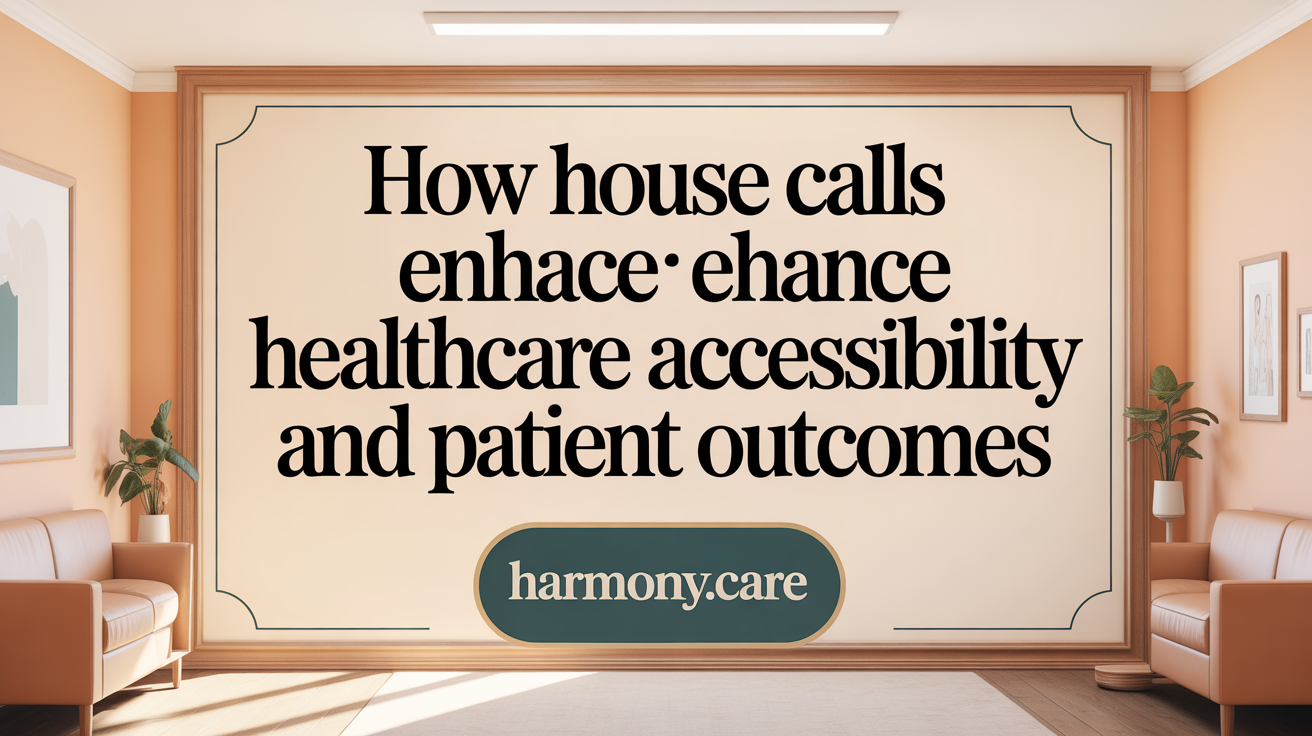
How do house call services improve healthcare accessibility and patient outcomes?
House call services are transforming healthcare by reducing longstanding barriers to access. Patients who face transportation issues, mobility limitations, or live in remote or underserved areas can now receive medical care right at home. This approach ensures timely intervention for acute illnesses like fevers or respiratory infections, which traditionally might result in emergency room visits or delayed treatment.
By providing care in the comfort of the patient's environment, these services foster a more comprehensive understanding of their living circumstances, which is crucial for effective diagnosis and management. They are especially beneficial for vulnerable groups such as the elderly, frail, or those managing chronic conditions who often struggle to visit clinics. Studies indicate that most patients waiting for house calls wait an average of only 96.1 minutes, highlighting the efficiency and quick availability of this model.
Furthermore, house calls facilitate early detection of health risks within the home, aiding in preventive care. They enable doctors to observe environmental factors like potential fall hazards or inadequate heating, which influence health outcomes. This holistic view allows for tailored treatment plans and medication management, improving overall health and reducing hospitalizations.
Adding to these benefits, the integration of telemedicine and hospital-at-home strategies complements in-person visits, broadening access and decreasing costs. Patients report high satisfaction, with 94.2% willing to schedule house calls again, reflecting a boost in trust and comfort with personalized care.
In conclusion, house call services significantly enhance healthcare accessibility by overcoming logistical challenges and delivering timely, personalized care. They support better health outcomes, particularly for populations at risk, by promoting early intervention, comprehensive assessment, and consistent management of health conditions.
Benefits of House Call Models for Vulnerable and Homebound Populations
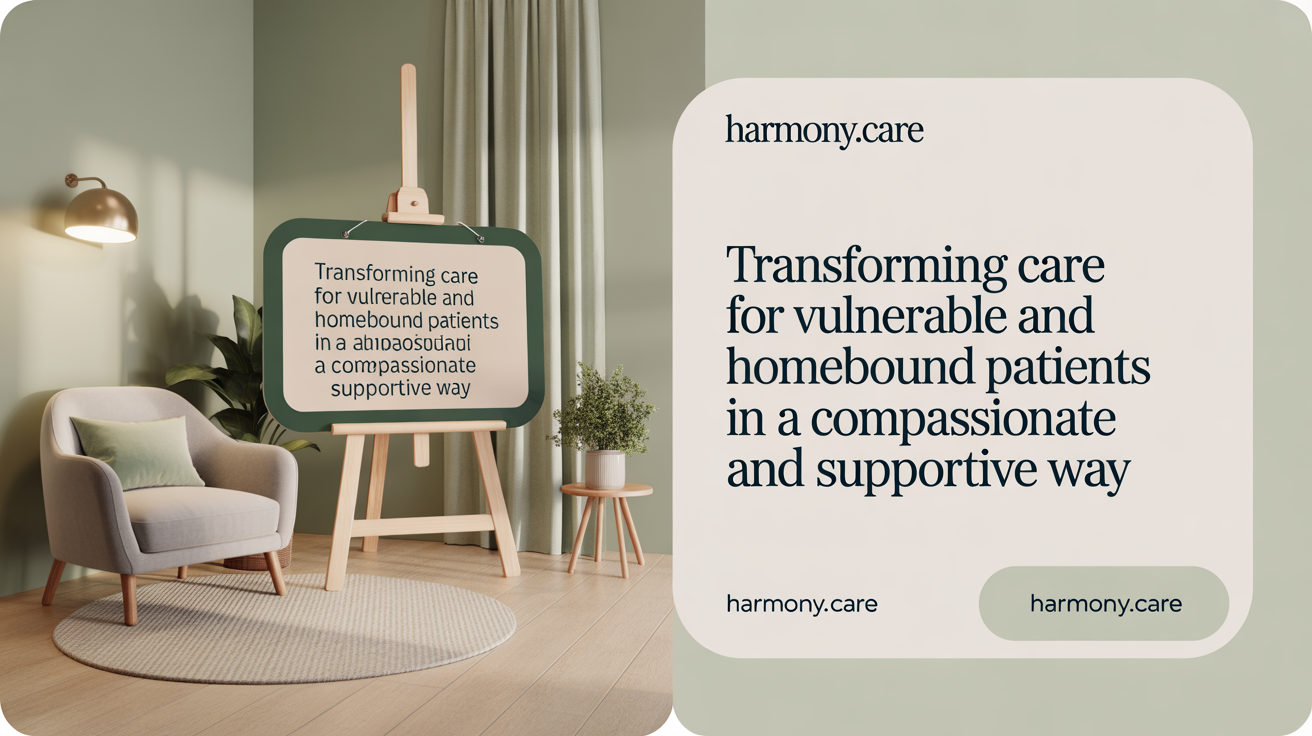
What are the benefits of house call medical models for vulnerable populations such as the elderly and homebound?
House call medical practices provide notable advantages for those who are most at risk, including elderly and mobility-impaired patients. By delivering care directly into a patient’s home, these models overcome barriers like transportation issues and physical limitations. This personalized approach leads to enhanced access to timely, comprehensive healthcare tailored to individual needs.
Research consistently shows that home-based care reduces the frequency of hospitalizations and emergency department visits. For instance, programs like the Department of Veterans Affairs' Home Based Primary Care and the Medicare 'Independence at Home' initiative achieved significant cost savings and improved health outcomes by managing chronic conditions more effectively at home.
Beyond cost reduction, these models substantially boost the quality of life for vulnerable populations. They allow healthcare providers to assess patients within their actual living environments, thereby gaining insights into social and environmental factors influencing health. This fosters better symptom management, early detection of potential issues, and tailored interventions.
In addition, house calls promote trust and stronger patient-provider relationships. They provide opportunities for more extended, meaningful interactions that can include psychosocial support, medication management, and preventive care, such as vaccinations and screenings.
In summary, house call services address disparities in healthcare access, improve clinical outcomes, and support the independence and dignity of vulnerable groups, making them a vital component of modern, patient-centered healthcare systems.
Innovative Mobile and App-Based House Call Healthcare Models
How do innovative healthcare models like app-based or mobile house call services function?
Modern healthcare delivery is evolving with innovative models that leverage technology to bring medical services directly to patients' homes. These services operate through the use of mobile devices and telemedicine platforms, enabling healthcare providers to manage and deliver care outside traditional clinical environments.
Mobile health professionals often utilize smartphones, tablets, and specialized medical apps to access and update patient records securely. This allows for real-time documentation and facilitates remote consultations, where providers can evaluate symptoms, interpret diagnostic data, and advise treatment strategies via video calls or secure messaging.
Remote monitoring plays a significant role in these models. Devices such as connected blood pressure monitors, glucometers, pulse oximeters, and portable diagnostic tools can transmit health data directly to healthcare teams. This continuous flow of information supports early detection of medical issues, ongoing management of chronic conditions, and timely interventions.
App-based scheduling systems streamline patient engagement by allowing individuals to book appointments, receive reminders, and access their health information easily. These platforms also enable providers to coordinate care efficiently, reducing wait times and enhancing the overall patient experience.
Integration of diagnostic tools like portable X-ray machines, ultrasound devices, and lab testing kits further enhances the capacity of mobile units. Through telemedicine, specialists can participate remotely, providing consultations and second opinions without the need for patients to visit a hospital or clinic.
This approach significantly improves healthcare access, especially for underserved populations in rural or remote areas. It reduces costs associated with transportation, minimizes unnecessary emergency room visits, and promotes continuous, personalized care.
Overall, these innovative models are transforming how medical care is delivered, making it more accessible, efficient, and suited to the needs of diverse patient populations.
Operational Models and Team-Based Approaches in House Call Programs
What operational models exist for house call healthcare programs?
House call healthcare programs are designed using various operational frameworks to best serve diverse patient populations. The most common models include hospital-based programs, government-run initiatives such as the Veterans Affairs (VA) home-based primary care, free-standing services operated independently, and integrated health system models embedded within larger healthcare organizations.
Hospital-based programs typically focus on high-risk or chronically ill patients who would benefit from continued care at home, often leveraging the hospital's resources and staff. Government programs like the VA's Home Based Primary Care (HBPC) often serve veterans with complex needs, offering comprehensive services and integrating with federal healthcare initiatives.
Independent, free-standing models operate as stand-alone services that can be contracted by private payers, Medicaid, or Medicare, aiming for flexibility and targeted populations, including the elderly and homebound. Integrated systems are part of broader healthcare networks that coordinate between hospitals, primary care, and specialty services, often utilizing advanced scheduling and communication tools.
These programs span various care types, such as primary care, managing chronic diseases, providing specialty services, urgent or acute care, transitional and post-acute care, hospital-at-home services, and end-of-life palliative and hospice care.
To ensure efficiency and consistency, many of these models employ multidisciplinary teams composed of physicians, nurse practitioners, nurses, social workers, and other health professionals. This team-based approach enhances care delivery and allows for comprehensive assessments in the patient's home.
Technological integration plays a crucial role, with telehealth and remote monitoring tools used for ongoing care coordination, especially in remote or rural areas. Scheduling systems are often optimized with digital software that can handle routine appointments, urgent on-demand visits, and follow-up care.
By tailoring operational strategies—such as leveraging partnerships, technology, and specialized staffing—house call programs strive to improve care continuity, reduce unnecessary hospitalizations, and support aging-in-place. These models are adaptable, designed to meet patient needs, resource constraints, and healthcare system goals, ultimately aiming to provide equitable, personalized, and efficient healthcare delivery at home.
Strong Evidence Supporting House Calls in Improving Healthcare Access and Cost Savings
What evidence supports the effectiveness of house call services in improving healthcare access?
Research increasingly shows that house call services play a vital role in expanding healthcare access, especially for vulnerable populations such as the elderly, disabled, and chronically ill patients who face obstacles in reaching traditional clinics. These services bring medical care directly to patients' homes, eliminating transportation issues and mobility barriers.
Studies from programs like Home-Based Primary Care (HBPC), initiated by the Department of Veterans Affairs, reveal significant reductions in hospitalizations, readmissions, emergency department visits, and long-term care admissions. For instance, the VA’s HBPC has demonstrated a 62% decrease in hospital bed days and a 24% drop in the total cost of care.
Similarly, the CMS Independence at Home demonstration project revealed that participating provider teams saved Medicare more than $25 million in its first year, with an average saving of $3,070 per beneficiary. House calls enable timely management of complex health conditions, offering personalized attention in the familiar environment of the patient's residence.
During the COVID-19 pandemic, remote and home-based care options gained prominence, further improving access through telehealth integrations and portable diagnostic tools. These innovations allow healthcare providers to conduct assessments, diagnose illnesses, administer treatments, and even perform some diagnostic tests at home.
Overall, evidence indicates that house call programs not only improve healthcare access but also enhance care quality, reduce unnecessary hospital stays, and lead to considerable cost savings. They serve as an effective solution to bridge the gap for homebound and high-risk populations, making healthcare delivery more equitable and efficient.
| Program/Study | Impact | Cost Savings | Population Served |
|---|---|---|---|
| VA HBPC | 62% reduction in hospital bed days | Significant (cost-effective care) | Elderly, disabled, chronically ill |
| CMS IAH | $3,070 savings per beneficiary | Yes | Medicare beneficiaries with chronic conditions |
| Various pilot projects | Fewer hospitalizations, emergency visits | Lower overall healthcare costs | Homebound and high-risk patients |
These findings demonstrate that house call services are transformative, offering a practical, effective approach to improve healthcare access and reduce costs across various settings.
The Evolution and Role of House Call Medicine in Modern Healthcare
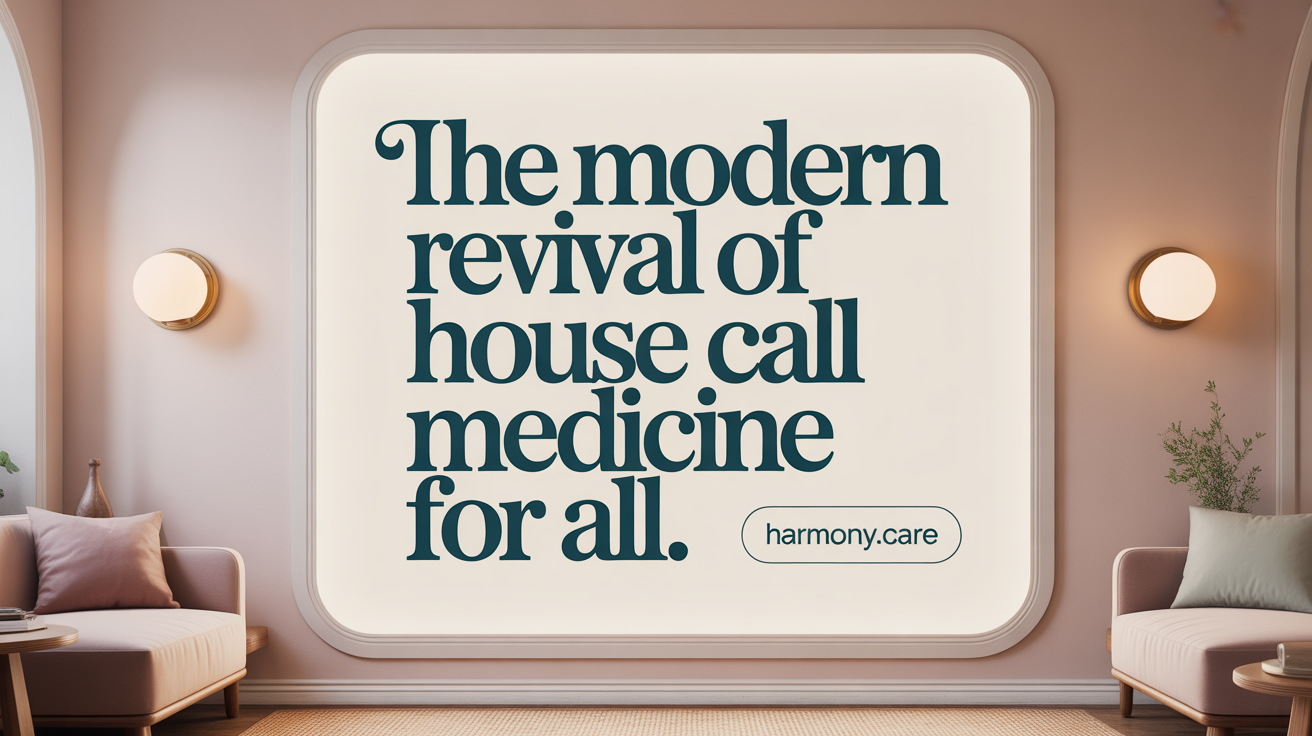
How has house call medicine evolved and what is its role in modern healthcare?
House call medicine has a rich history as the primary form of healthcare delivery in the early to mid-20th century. Physicians regularly visited patients at their homes, providing comprehensive care in a familiar setting. However, this practice gradually declined during the latter half of the century, especially from the 1980s onward. Factors such as technological advancements, specialization, and changes in reimbursement policies contributed to its decline.
In recent years, house call medicine has experienced a notable revival. This resurgence is driven by several modern developments. The rise of digital health technologies, including telemedicine, portable diagnostic devices, and electronic medical records, allows for efficient and high-quality in-home care.
Additionally, demographic shifts such as an aging population and an increase in chronic illnesses have heightened demand for patient-centered, accessible healthcare options. Many healthcare providers now use integrated care teams—including nurse practitioners, social workers, and medical technicians—to deliver comprehensive services directly at home.
This model plays a crucial role in modern healthcare by improving health outcomes through early intervention, better medication management, and reducing hospital readmissions. It enhances patient satisfaction by offering personalized care tailored to individual needs and circumstances.
Despite challenges like reimbursement constraints and resource limitations, reforms towards value-based payment models are helping sustain and expand house call services. These models reward quality and outcomes over volume, making home-based care a more viable and attractive option for providers.
Overall, modern house call medicine combines technological innovation with a patient-centered approach, seamlessly integrating into the evolving landscape of healthcare toward more accessible, efficient, and personalized care delivery.
House Call Services Driving Value-Based Care and Workforce Development
How do house call services contribute to value-based care and workforce development?
House call services play a crucial role in advancing a value-based approach to healthcare by focusing on improving patient outcomes while reducing costs. These services enable doctors and multidisciplinary teams to deliver personalized, comprehensive care directly at the patient's home. By addressing acute illnesses promptly and managing chronic conditions in the familiar environment of the patient’s residence, house calls Help prevent hospitalizations, readmissions, and long-term care admissions.
This proactive and holistic care aligns perfectly with the goals of value-based models, which prioritize quality and efficiency over volume. For example, programs like Medicare's Independence at Home have demonstrated significant savings—saving Medicare over $25 million initially and reducing hospitalizations by 23%. Such initiatives incentivize providers to prioritize early intervention, social support, and preventive measures that keep patients healthier and less reliant on costly emergency and inpatient services.
In terms of workforce development, house call services create opportunities for expanding the roles within healthcare teams. This includes physicians, nurse practitioners, physician assistants, social workers, and technical staff working collaboratively in the home setting. Training programs are increasingly incorporating home-based care into curricula to prepare health professionals for this evolving model.
Moreover, the need for specialized skills such as portable diagnostics, telehealth integration, and patient engagement has grown. Developing a workforce capable of delivering high-quality care in diverse home environments helps address provider shortages, especially among aging populations and those in rural or underserved areas.
Overall, house call programs are instrumental in establishing a sustainable, patient-centered healthcare system that delivers high-value care through innovative workforce models and improved operational efficiencies.
How do house call services influence healthcare costs and patient outcomes?
House calls contribute to cost savings by reducing expensive emergency room visits, hospital stays, and nursing home admissions. Research shows that home-based primary care can lower hospital days and readmissions significantly. For instance, the VA’s home-based program reported a 62% reduction in hospital bed days, leading to substantial savings.
Patients benefit from increased satisfaction, better management of chronic illnesses, and the opportunity to receive preventive care and social support within their homes. Personal relationships between providers and patients are strengthened, and care plans can be tailored to individual living conditions, potentially reducing medication errors and adverse events.
The ability to observe social and environmental factors during home visits allows providers to identify and mitigate health risks, further improving health outcomes. These efforts support healthier aging and can delay or prevent the need for institutional care.
How does this shape a sustainable future healthcare delivery?
Integrating house call services into broader healthcare models supports a transition toward more sustainable, patient-centered care. It aligns with emerging payment reforms that reward quality and efficiency, encouraging healthcare providers to adopt innovative care delivery methods.
Government initiatives, such as CMS’s value-based programs, are incentivizing providers to expand home-based care, which is expected to save billions over time. Investments in portable diagnostic tools and telehealth improve access, especially in rural or underserved communities.
Furthermore, developing a robust workforce trained in home-based primary care ensures adequate supply as the aging population grows. Education and policy reforms are vital to embedding these services into routine healthcare, ultimately making the system more equitable, efficient, and responsive to individual needs.
The Future of Healthcare Accessibility Through House Calls
House call doctors are pivotal in bridging healthcare access gaps, especially for vulnerable, homebound, and chronically ill patients. Backed by substantial evidence, innovative operational models, and technological advancements, house call services enhance patient outcomes, satisfaction, and reduce healthcare costs. Their evolution aligns with the broader shift toward value-based, patient-centered care and offers promising solutions for workforce development challenges. As healthcare systems continue to prioritize accessibility and quality, house calls stand as a vital, evolving frontier in delivering comprehensive medical services where patients need them the most.
References
- Characteristics of the modern-day physician house call - PMC
- Why Do Doctors Make House Calls? - Ennoble Care
- The rise of house calls | AHA Trustee Services
- House Calls Are Reaching the Tipping Point — Now We Need the ...
- [PDF] Removing Barriers to Healthcare: A New Era for House Calls?
- House Call Medicine Makes a Comeback | AAMC
- House Calls - AAFP
- 6 Ways House Calls Improve Patient Care - Landmark Health
